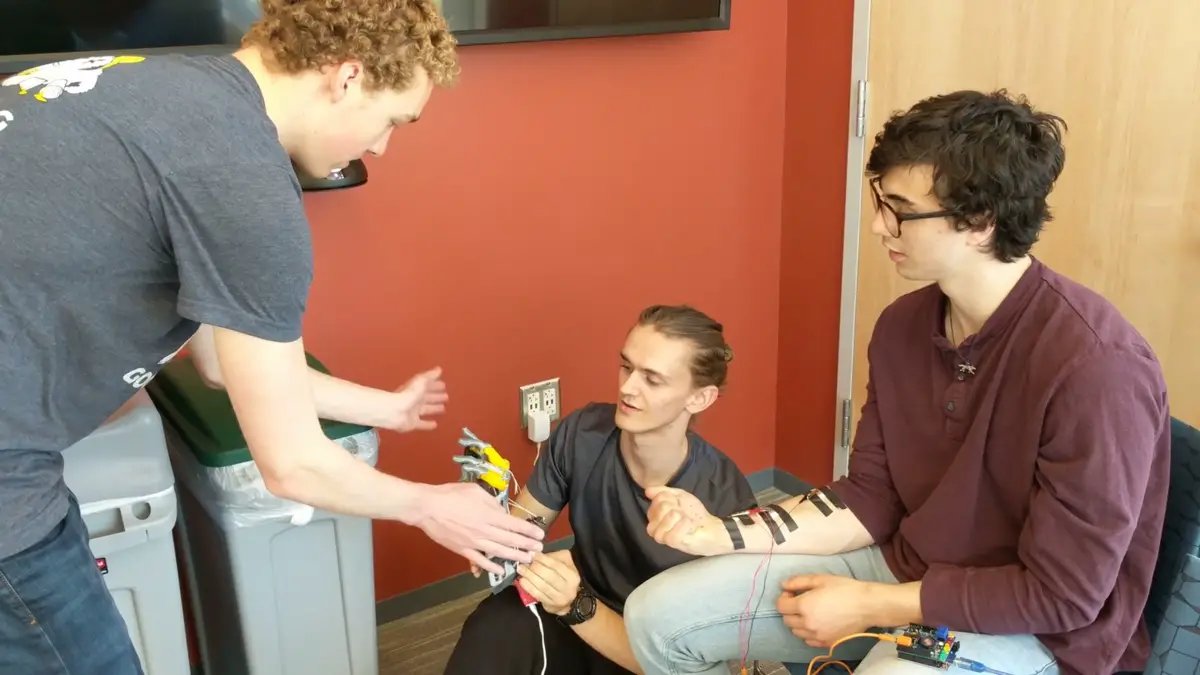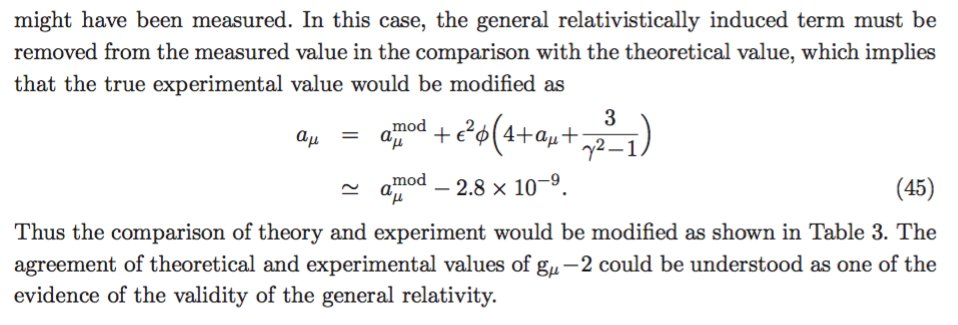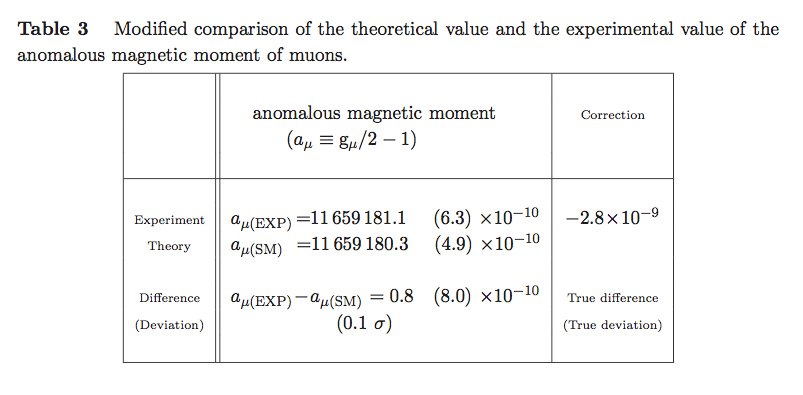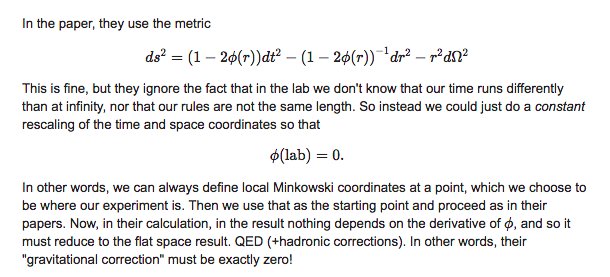arxiv.org/abs/1910.01689
nature.com/articles/ncomm…
But, in practice, feedback alignment does not scale up to difficult tasks:
papers.nips.cc/paper/8148-ass…
biorxiv.org/content/10.110…
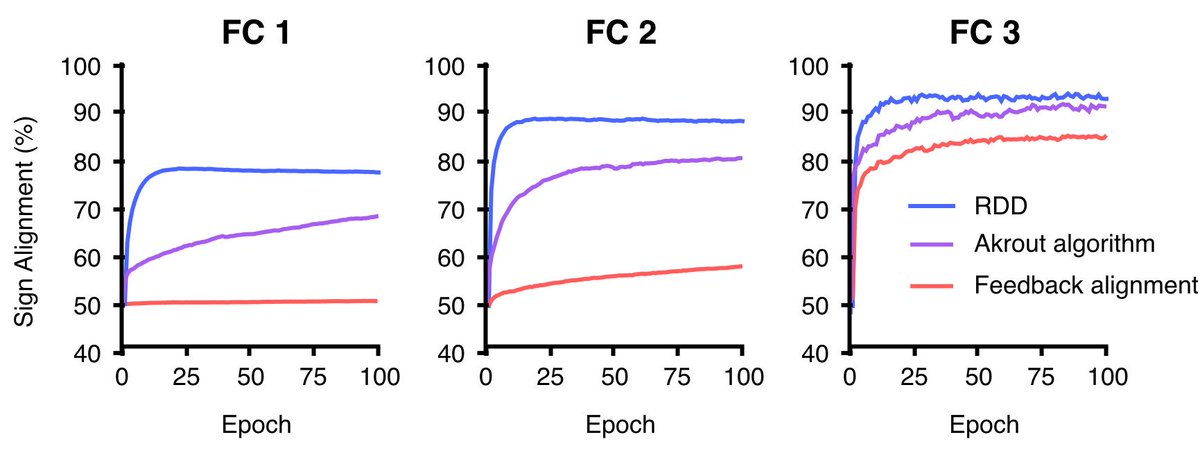
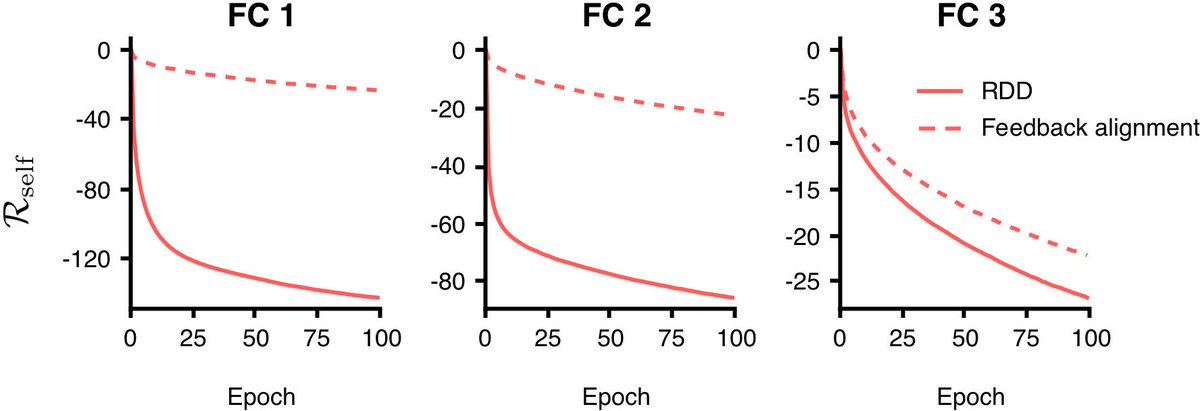


Get real-time email alerts when new unrolls are available from this author!
Twitter may remove this content at anytime, convert it as a PDF, save and print for later use!

1) Follow Thread Reader App on Twitter so you can easily mention us!
2) Go to a Twitter thread (series of Tweets by the same owner) and mention us with a keyword "unroll"
@threadreaderapp unroll
You can practice here first or read more on our help page!
